Traveling in colder climates can be enchanting, but it poses unique challenges, especially when it comes to accommodating travel trailers with uninsulated water tanks. The fear of frozen pipes and tanks can dampen even the most enthusiastic adventurer’s spirit. To ensure that your travel experience remains comfortable and hassle-free, it’s vital to implement effective strategies that protect your plumbing system. In this article, we will explore various methods to keep your uninsulated tanks from succumbing to freezing temperatures.
Understanding the Risks of Freezing
Before delving into protective measures, it’s essential to understand why uninsulated tanks are susceptible to freezing. The tanks typically contain water, which expands as it freezes, leading to increased pressure that can cause severe damage. Frozen pipes or tanks might not only halt water flow but can also lead to costly repairs.
Symptoms of Freezing Issues
- Decreased water flow from faucets
- Strange sounds when using water
- Visible frost on tanks and pipes
Recognizing these symptoms early can save you significant time and trouble.
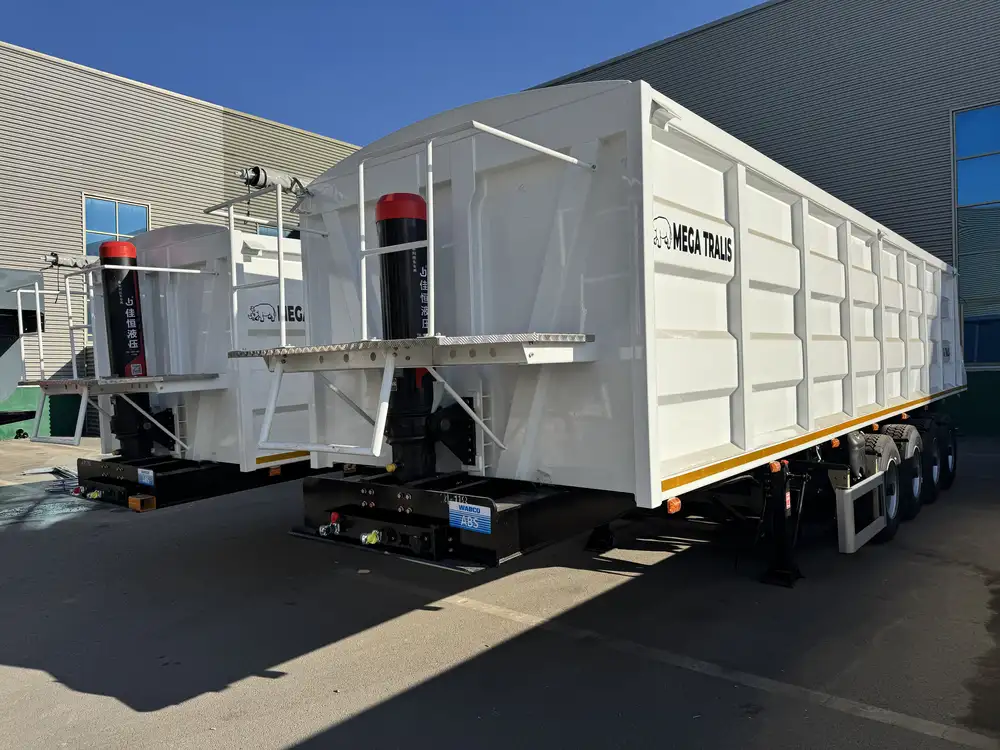
Insulation Solutions
Insulating Wraps
One of the most efficient solutions entails utilizing insulating wraps specifically designed for plumbing. These wraps act as a barrier against cold exposure. Materials such as foam or fiberglass can insulate your tanks effectively.
Materials Needed:
- Insulating foam sheets or wraps
- Utility knife for cutting
- Measuring tape
- Adhesive if using foam sheets
Steps:
- Measure the tank’s circumference and height.
- Cut insulation material accordingly.
- Secure wraps with adhesive tape or zip ties.
Custom Insulation Blankets
An alternative method involves using custom insulation blankets tailored for your travel trailer’s water tanks. These thermal blankets are durable and can prevent heat loss significantly.
Selecting the Blanket:
- Choose a blanket with a high insulation R-value.
- Ensure it is weather-resistant and easy to fit.
Installation:
- Drape the blanket over the tank.
- Secure it using Velcro straps or fastening clips.
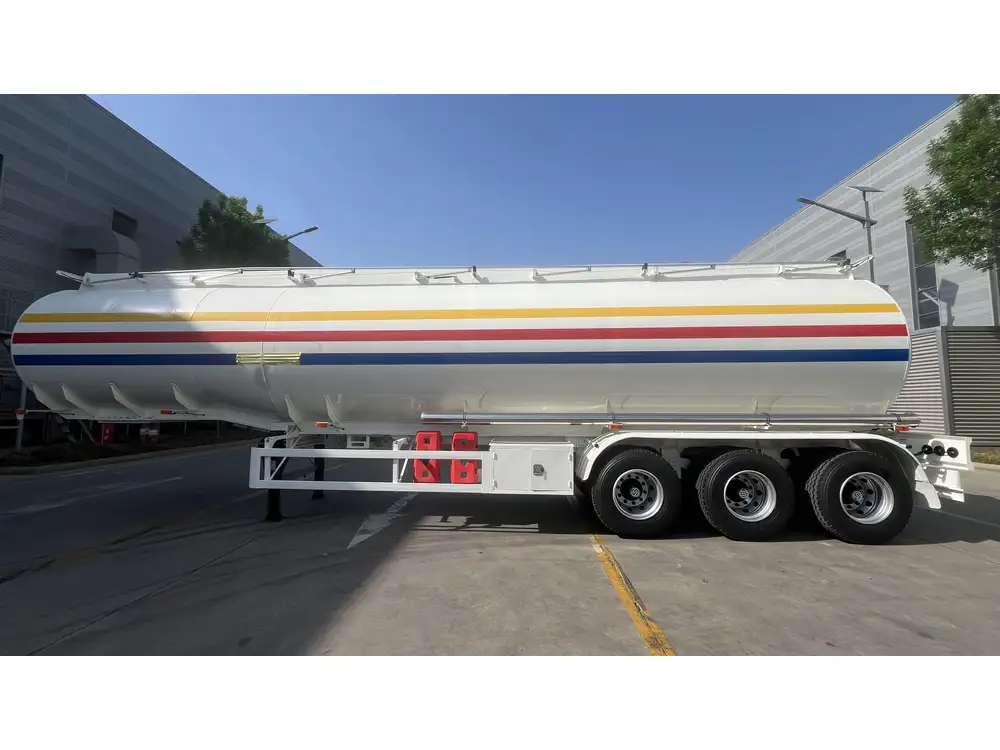
Heating Solutions
Heat Tape
Heat tape is an electric heating element wrapped around plumbing systems or tanks. It provides direct, consistent heating that keeps water above freezing temperatures.
Selection Criteria:
- Choose a heat tape designed for outdoor use to ensure durability.
- Check the wattage to match your tank’s size.
Installation Procedure:
- Begin by cleaning the tank’s surface.
- Wrap the heat tape around the tank, ensuring even distribution.
- Connect to a power source, and monitor for proper functioning.
Portable Heaters
Utilizing portable space heaters can also safeguard your tank from freezing. Position them strategically to circulate warm air around the tanks.
Choosing the Right Heater:
- Opt for energy-efficient models.
- Ensure they have safety features such as automatic shut-off.
Placement Tips:
- Position the heater within close proximity to the tanks.
- Allow enough ventilation to prevent overheating.
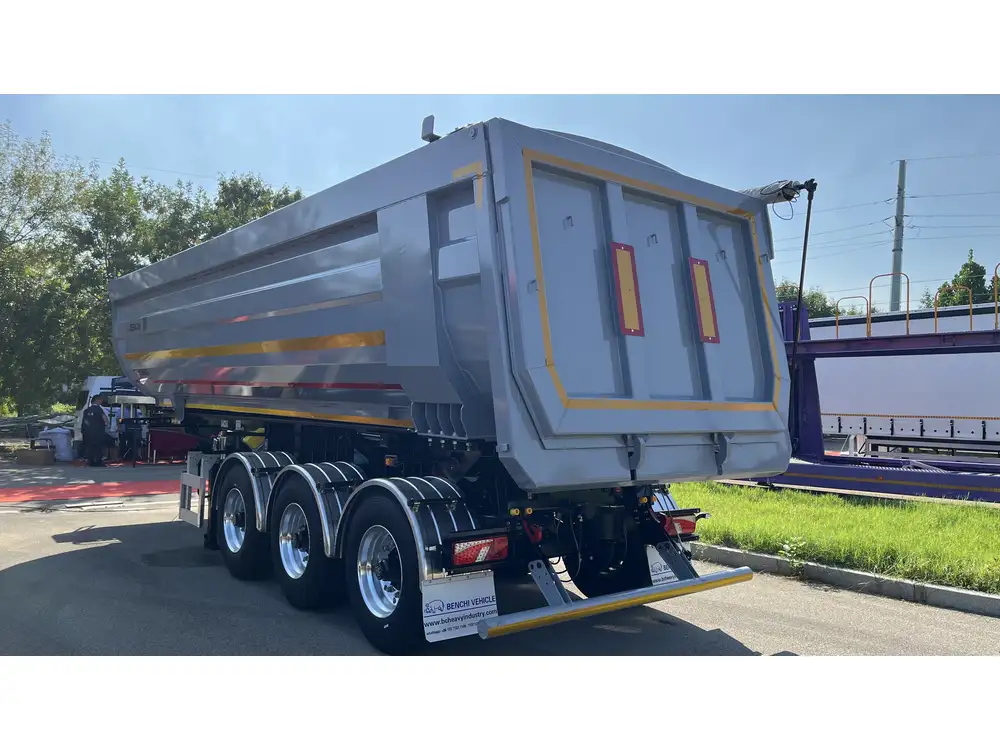
Thermal Mass Management
Water Filling Techniques
Having water in your tanks can reduce the chances of freezing. Water acts as thermal mass, absorbing heat during the day and releasing it at night.
Optimal Filling Strategy:
- Fill your tanks partially to allow for movement.
- Keep the tanks as full as convenient.
Regular Maintenance:
- Check water levels frequently to avoid complete emptiness.
- Monitor for any leaks or damages.
Using Antifreeze
In extreme cases, consider using RV-specific antifreeze. This non-toxic solution can be added to the tanks when temperatures drop perilously low.
Application Guidelines:
- Ensure the antifreeze you choose is designed for potable water systems.
- Follow instructions for dilution and application.
Drainage Considerations:
- Make sure to drain tanks before switching back to regular use in warmer months.

Strategic Parking Tips
Choosing the Right Camping Location
Selecting a campsite wisely can significantly reduce the risks posed to your travel trailer’s tanks.
- Site Selection:
- Look for campsites that offer natural barriers such as trees or hills to shield against wind.
- Avoid low-lying areas where cold air settles.
Orientation and Sun Exposure
Orienting your trailer to maximize sun exposure can help maintain warmer temperatures.
- Effective Positioning:
- Position the trailer so that the water tanks face south, gaining sunlight during the day.
- Adjust your setup if clouds begin to cover the sun.
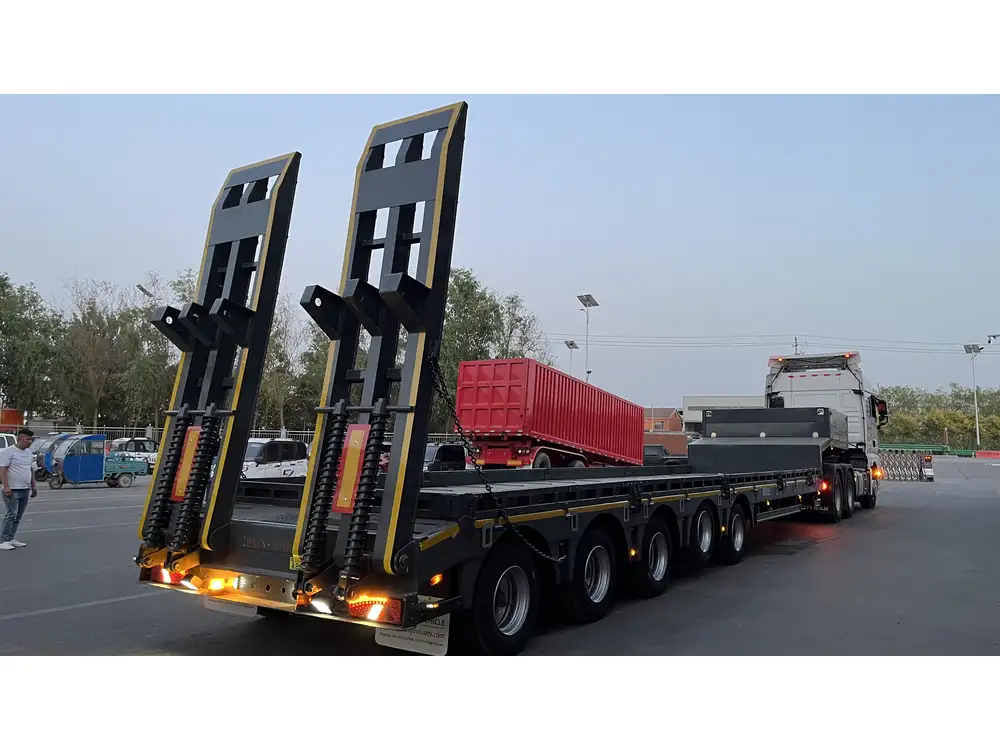
Innovations in Tank Design
Upgrading to Insulated Tanks
If frequent cold-weather travel is a part of your lifestyle, consider upgrading to insulated tanks. The initial investment can lead to substantial savings in maintenance costs down the line.
Types of Insulated Tanks:
- Polyethylene tanks with insulated barriers.
- Tanks designed specifically for cold climates.
Installation Services:
- Consult with professionals for proper installation and fitting.
Smart Tank Technology
Some manufacturers now offer smart water tanks that monitor temperature and prevent freezing through integrated heating systems.
- Benefits of Smart Tanks:
- Real-time monitoring of temperature levels.
- Alerts when temperatures approach freezing.
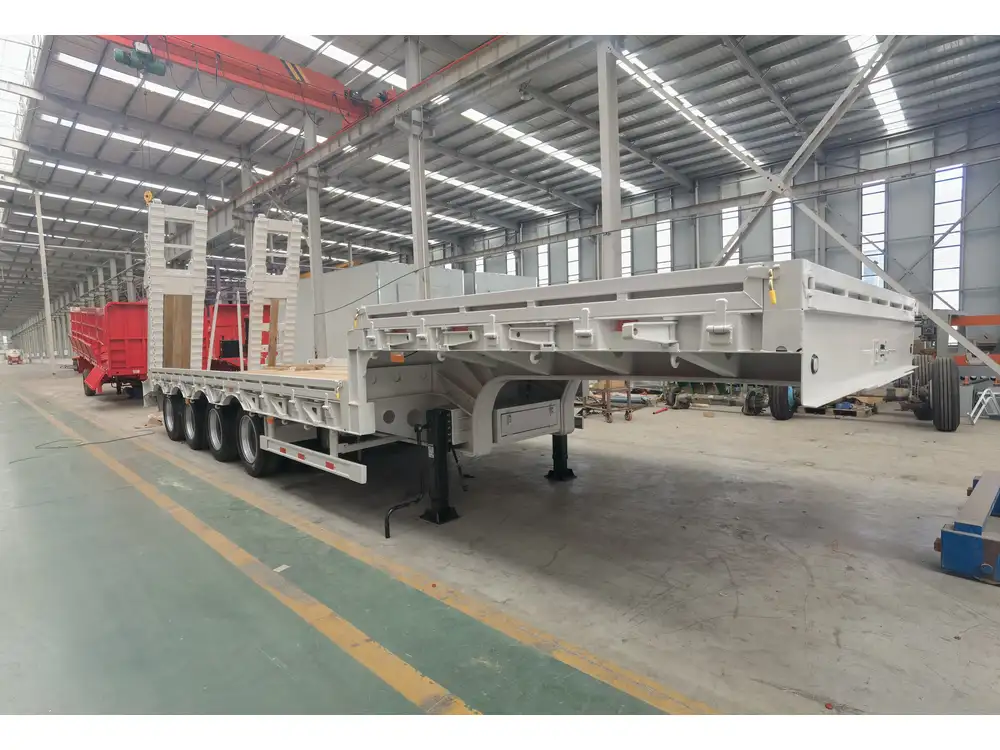
Maintenance and Monitoring
Regular Inspections
Consistent maintenance plays a crucial role in preventing freezing. Regularly inspect tanks and plumbing for signs of wear, leaks, or weakness.
- Inspection Schedule:
- Perform inspections before every trip.
- Keep records to track any changes or issues.
Utilizing Temperature Sensors
Installing temperature sensors can help monitor water temperature in real time.
- Types of Sensors:
- Wireless sensors that send alerts to your smartphone.
- Standalone devices attached directly to tanks.

Conclusion
Keeping uninsulated tanks from freezing during the colder months requires a multifaceted approach. By implementing insulation solutions, heating methods, effective filling techniques, strategic parking tips, and innovative tank designs, you can mitigate the risks associated with freezing temperatures. Adopting these practices not only safeguards your travel trailer but also enhances your overall travel experience. Ensure you remain diligent with maintenance and monitoring to enjoy your adventures to the fullest, regardless of the weather conditions. With preemptive measures in place, frosty adventures can transform into seamless journeys, allowing you to enjoy the tranquility of winter landscapes without worry.



